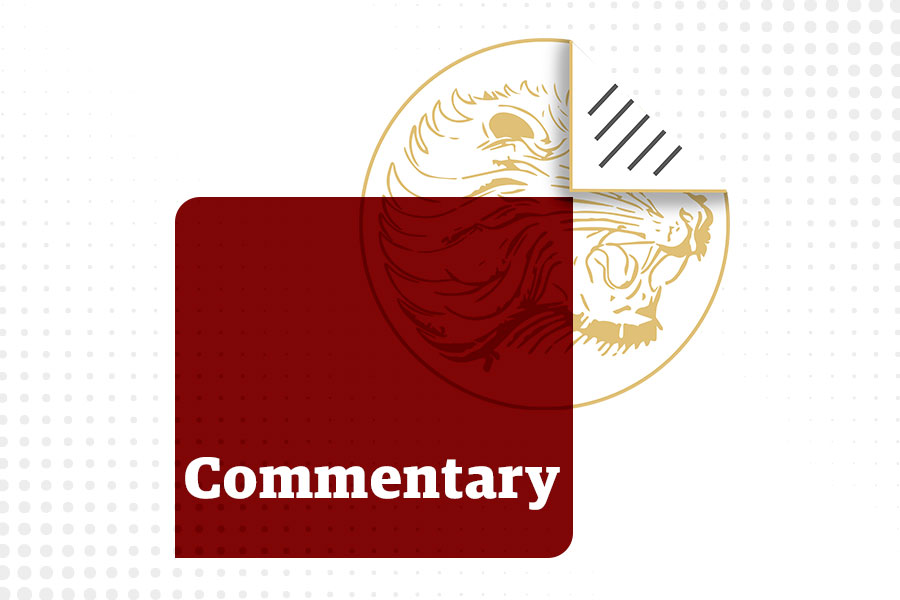
Commentaries | Oct 26,2024
Aug 16 , 2025
By Ahmed T. Abdulkadir
Addis Abeba’s streets blaze with colour. Under grey concrete and mirrored glass, crowds stream by in hoodies boasting distant universities and faded T-shirts advertising rock bands that never set foot on Ethiopian soil. At first glance, the capital appears to be a fashion carnival. In reality, the riot of logos is less about taste than numbers.
For someone earning the typical 6,000 to 7,000 Br a month, a pair of trousers hanging in a boutique can swallow a quarter of that paycheck. A locally made Cottex T-shirt costs a tenth of the price. Hoodies and jackets sit beyond reach. The answer lies under plastic tarps in Mercato and countless open-air markets. Piles of imported cast-offs are sold for a song. To many families, these bales are a lifeline, not a lifestyle.
Officially, Ethiopia bans second-hand clothing. Unofficially, the trade dominates the market, holding 53pc by volume, according to customs estimates. Smugglers fill the gap between law and demand, depriving the treasury of about 2.5 billion Br in taxes each year. In 2020, nearly 224,000tns of used garments slipped into the country, a jump of 315pc since 2007. Only a sliver is caught at the border.
Most come through Djibouti or Kenya, but the journey often begins in closets in Europe or the United States. Customs agents concede the flow is too large to police truck by truck. On market days, whole neighbourhoods smell of mothballs as fresh bales are sliced open and bargain hunters dive in.
The appeal is clear. A shirt that costs 1,000 Br new can be had for 200 Br after one tour through a foreign washing machine. For millions, that discount is the difference between being clothed and being cold. But cheap relief for consumers is a chokehold on the textile industry's ambitions.
Textile history is economic history. The Industrial Age began with spinning frames, while capitalism grew up draped in Venetian silk and British wool. When Spain’s feudal empire sailed west, it hunted silver; when industrial England sailed, it hunted cotton. Factories that turned thread into cloth also turned countries into world powers.
Ethiopia never made that transition. Traditional weavers, known as "Shemanes," still produce fine, hand-loomed fabric, but the craft has never scaled. As cities swelled, imports filled closets. Today’s formal industry relies heavily on foreign raw materials, especially cotton, despite the fact that 2.6 million hectares within Ethiopia are suitable for the crop. Yields trail global averages, and most of what is grown is consumed at home, leaving too little to feed both export ambitions and local wardrobes.
A decade ago, industrial parks like Hawassa were intended to change the equation. They created jobs and generated export receipts, primarily for foreign brands. Shirts sewn on Ethiopian lines travel across oceans, sell in concert halls or boutiques, get worn a few times, then return in compressed bales to the same markets where the seamstresses shop. Workers earn about 26 dollars a month and often buy the garments they stitched only after the rest of the world has discarded them.
That feedback loop is a trap of affordability. Cheap used clothes keep household budgets intact today, but they also push wages down, weaken factories, and lock the economy into dependence on overseas supply chains. A sudden border closure or shipping glitch could empty stalls overnight.
Other countries have escaped similar binds. Bangladesh used targeted tariffs, infrastructure spending and aggressive training to build a garment sector that now employs millions. Vietnam and Turkey paired state policy with private capital to create vertically integrated mills that guard domestic markets while courting export orders.
Ethiopia already has some of the pieces in place. Expanding cotton cultivation to its full potential would enable mills to operate year-round. Modernising ginneries and spinning plants would lift quality and volume. Fully integrated factories that weave, dye and cut under one roof would trim costs now lost to importing yarn and fabric.
Policy has to move in step. Seasonal duties on second-hand clothing during peak shopping months could provide local producers with breathing room without penalising low-income buyers throughout the year. Tighter patrols on smuggling routes, matched with affordable alternatives, could steer shoppers toward homegrown labels. Duty-free perks now being targeted at exporters could be tied to a promise that a portion of production stays at home.
Turnover in industrial parks touched 100pc in their early years as wages lagged behind living costs. A wage floor that lets workers buy the clothes they make would reduce churn and lift productivity. A trained and stable workforce stitches better garments, and better garments compete with imports on quality as well as price.
The payoff could be large. Analysts see as many as 800,000 new jobs in the near term, a reduction in foreign-exchange drain worth billions of Birr, and a homegrown buffer against global shocks. Above all, building a wardrobe from cotton field to buttonhole would restore a measure of economic sovereignty that years of hand-me-downs have eroded.
Second-hand stalls should not vanish. They are lively, resourceful and, by extending the life of garments, environmentally sensible. But they should be part of an ecosystem, not its spine. Currently, too much depends on the choices made by distant wholesalers and the agility of smugglers.
Clothing a country is infrastructure as vital as grain silos or power plants. It requires land and machines, as well as coordination and patience. Ethiopia can either weave an industry sturdy enough to weather storms or continue to dress itself in the cast-offs of strangers, one colourful bale at a time.
PUBLISHED ON
Aug 16,2025 [ VOL
26 , NO
1320]

AhmedT. Abdulkadir (ahmedteyib.abdulkadir@addisfortune.net) is the Editor-in-Chief at Addis Fortune. With a critical eye on class dynamics, public policy, and the cultural undercurrents shaping Ethiopian society.

Commentaries | Oct 26,2024

Sunday with Eden | Apr 19,2025
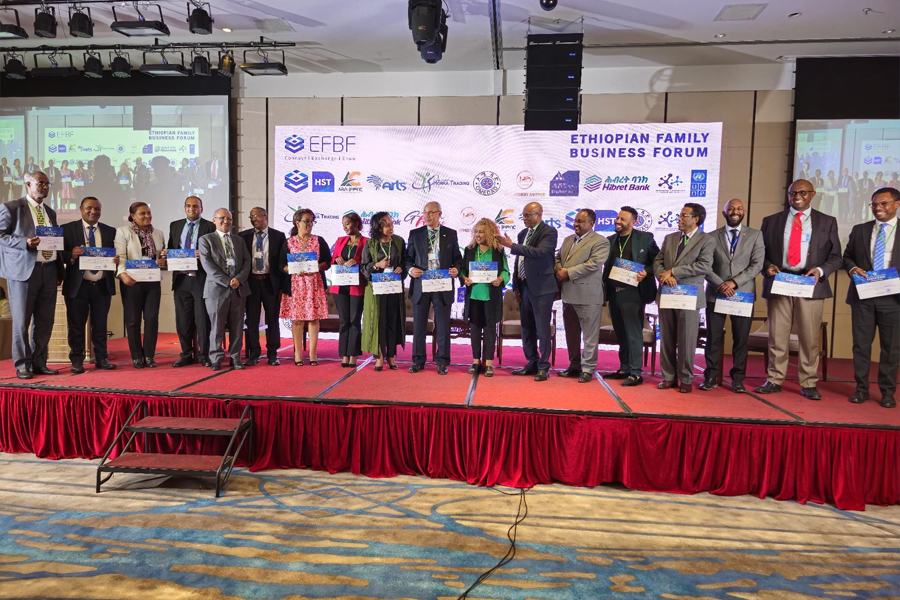
Agenda | Sep 22,2024
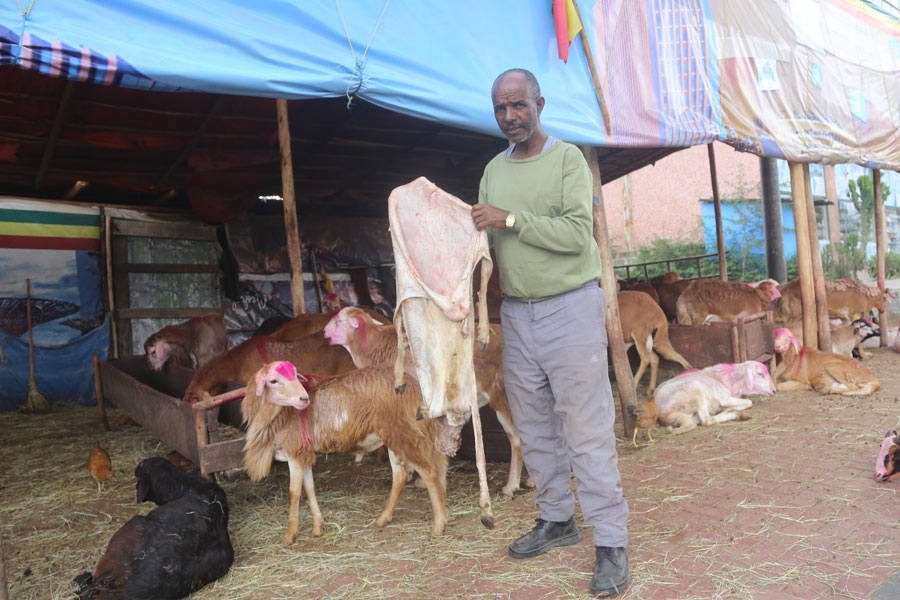
Agenda | Jan 13,2024
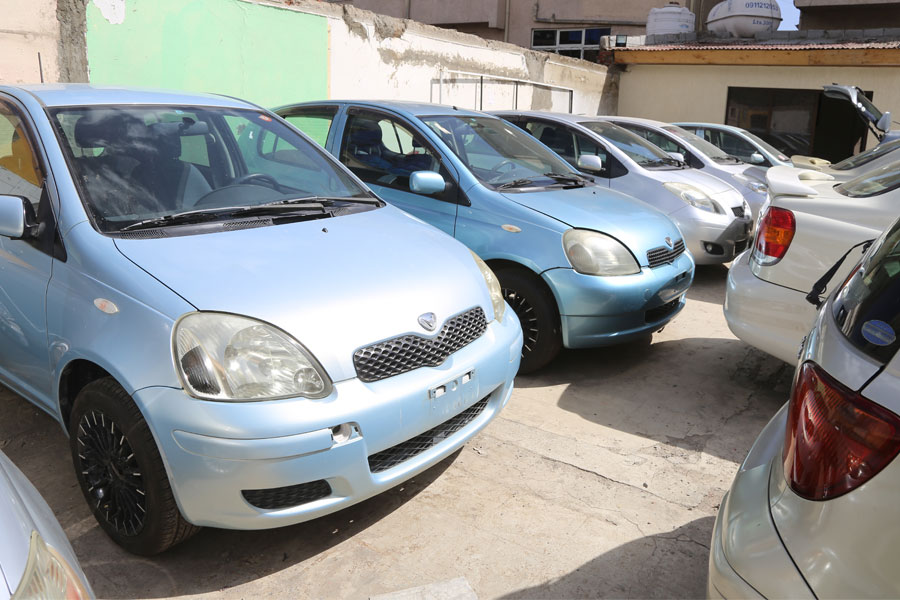
Agenda | Mar 16,2019
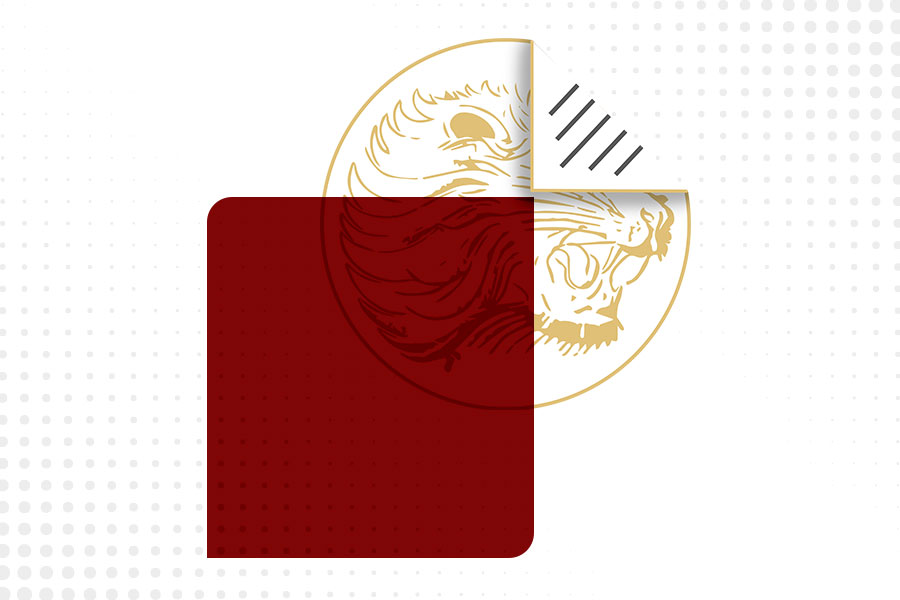
Radar | May 21,2022

My Opinion | May 24,2025

Viewpoints | Sep 20,2025

Viewpoints | Oct 04,2025

My Opinion | Oct 22,2022

Photo Gallery | 177685 Views | May 06,2019

Photo Gallery | 167899 Views | Apr 26,2019

Photo Gallery | 158578 Views | Oct 06,2021

My Opinion | 136995 Views | Aug 14,2021
Commentaries | Oct 25,2025

Dec 22 , 2024 . By TIZITA SHEWAFERAW
Charged with transforming colossal state-owned enterprises into modern and competitiv...

Aug 18 , 2024 . By AKSAH ITALO
Although predictable Yonas Zerihun's job in the ride-hailing service is not immune to...
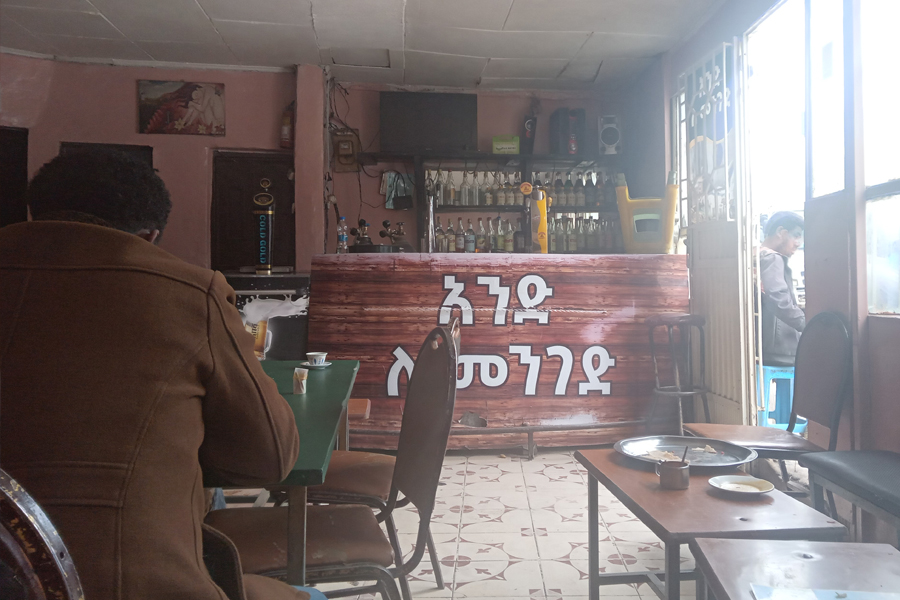
Jul 28 , 2024 . By TIZITA SHEWAFERAW
Unhabitual, perhaps too many, Samuel Gebreyohannes, 38, used to occasionally enjoy a couple of beers at breakfast. However, he recently swit...

Jul 13 , 2024 . By AKSAH ITALO
Investors who rely on tractors, trucks, and field vehicles for commuting, transporting commodities, and f...
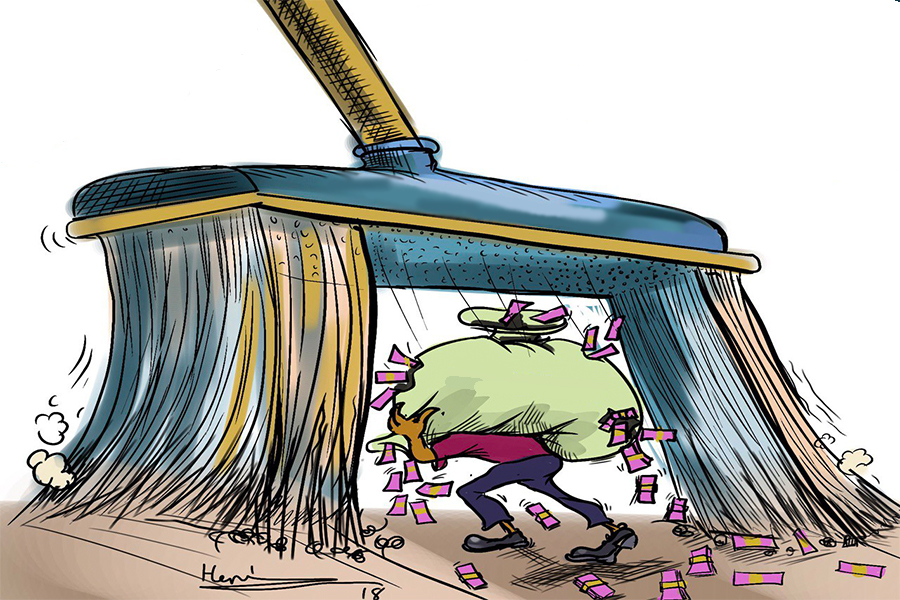
Oct 25 , 2025
The regulatory machinery is on overdrive. In only two years, no fewer than 35 new pro...
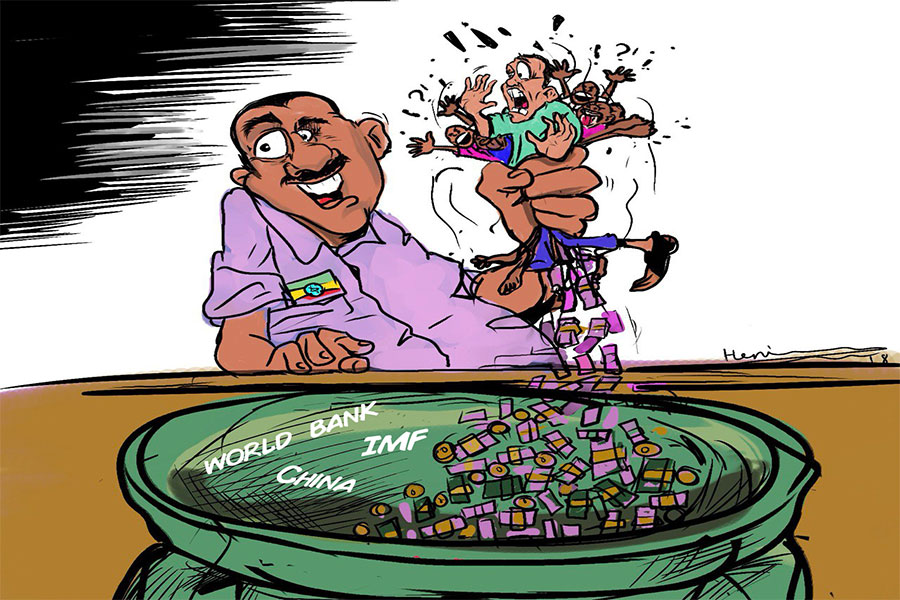
Oct 18 , 2025
The political establishment, notably the ruling party and its top brass, has become p...

Oct 11 , 2025
Ladislas Farago, a roving Associated Press (AP) correspondent, arrived in Ethiopia in...
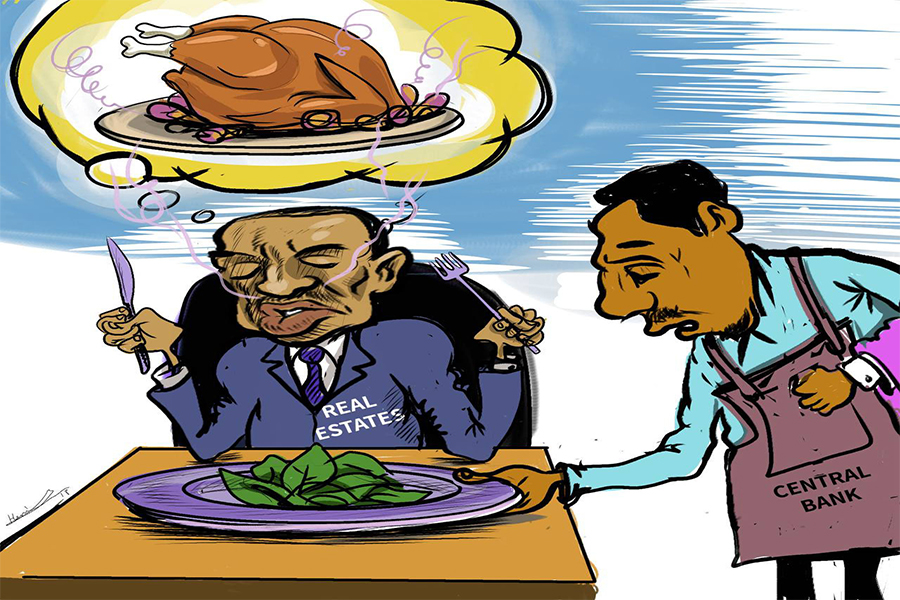
Oct 4 , 2025
Eyob Tekalegn (PhD) had been in the Governor's chair for only weeks when, on Septembe...
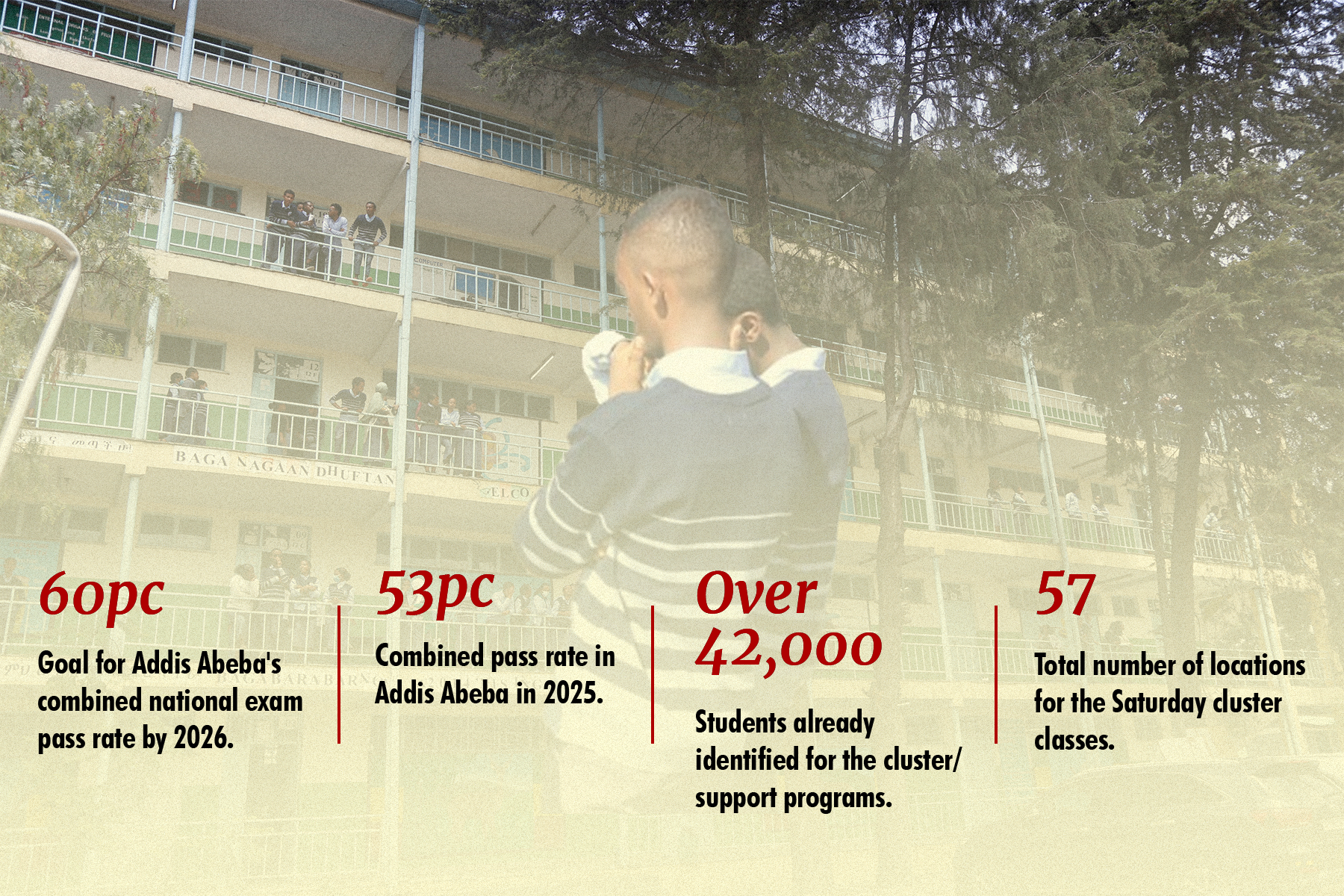
Oct 25 , 2025 . By YITBAREK GETACHEW
Officials of the Addis Abeba's Education Bureau have embarked on an ambitious experim...

Oct 26 , 2025 . By YITBAREK GETACHEW
The federal government is making a landmark shift in its investment incentive regime...

Oct 27 , 2025
The National Bank of Ethiopia (NBE) is preparing to issue a directive that will funda...
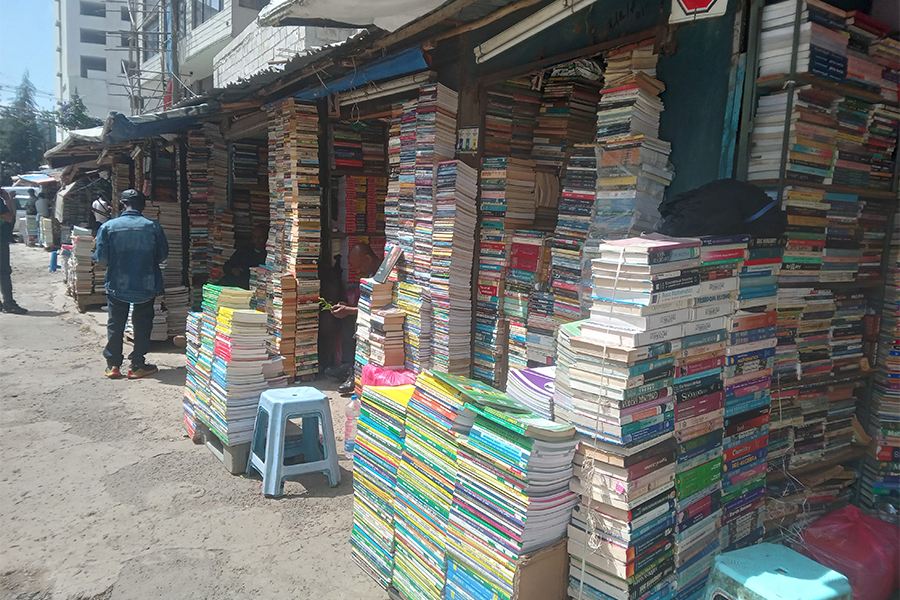
Oct 26 , 2025 . By SURAFEL MULUGETA
A community of booksellers shadowing the Ethiopian National Theatre has been jolted b...